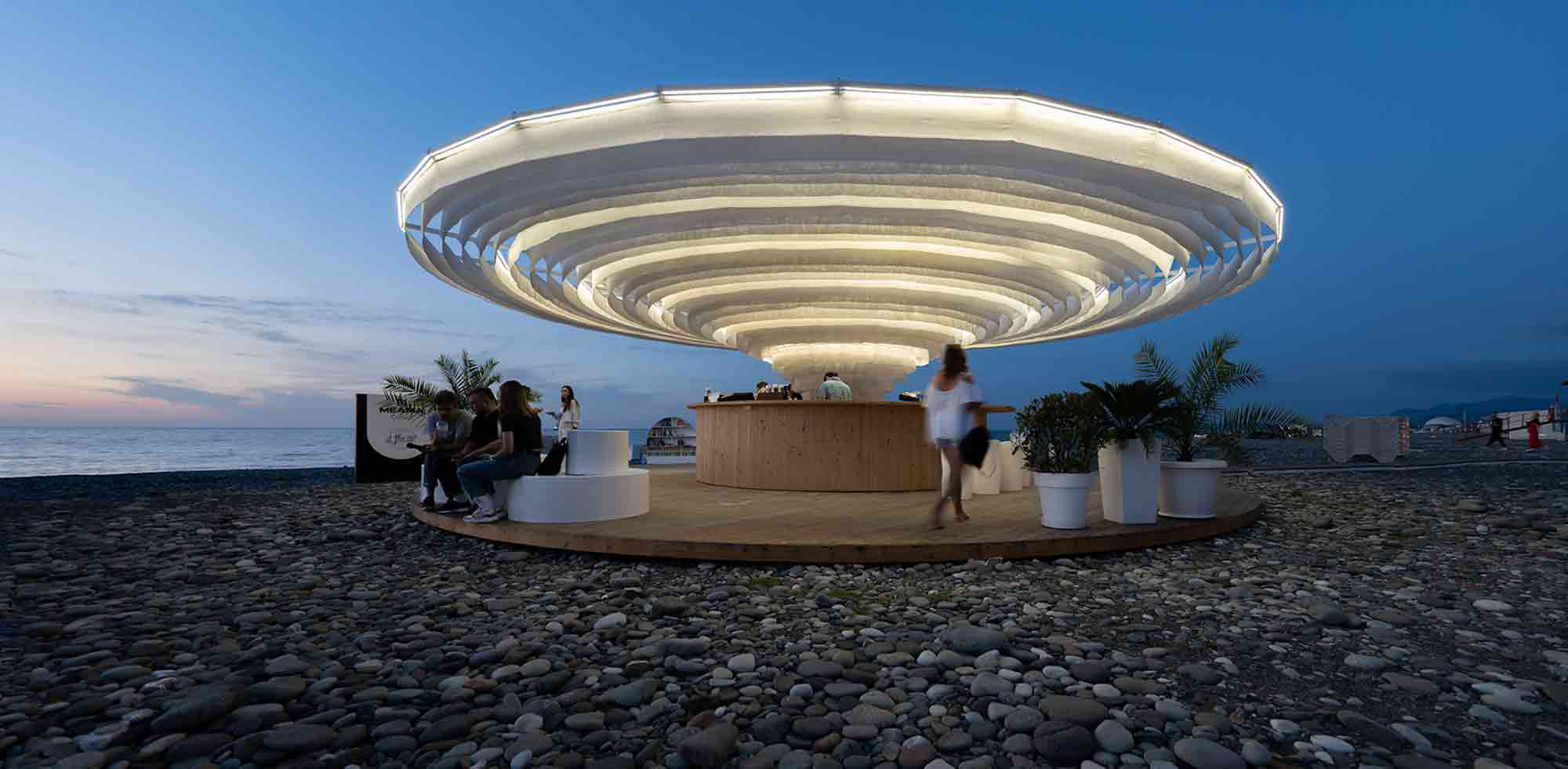The jury and the public have had their say — feast your eyes on the winners of Architizer's 12th Annual A+Awards. Subscribe to our Awards Newsletter to receive future program updates.
Choosing the right material has always been a significant step in realizing any architectural feat. Material choice not only impacts the formal, structural and aesthetic qualities of a structure, it equally impacts the surrounding environment. And with a growing emphasis on ecological responsibility and ethical design, architects are constantly in search of innovative and sustainable material alternatives. With the climate crisis at the forefront of everyone’s minds, the architectural community has banded together in a collaborative effort to ameliorate the built environment. This has been done especially through the exploration of ecologically-responsible building materials. Listed below are seven materials that have gained momentum this past year and are likely to dominate the architectural lexicon in 2023.
Hempcrete
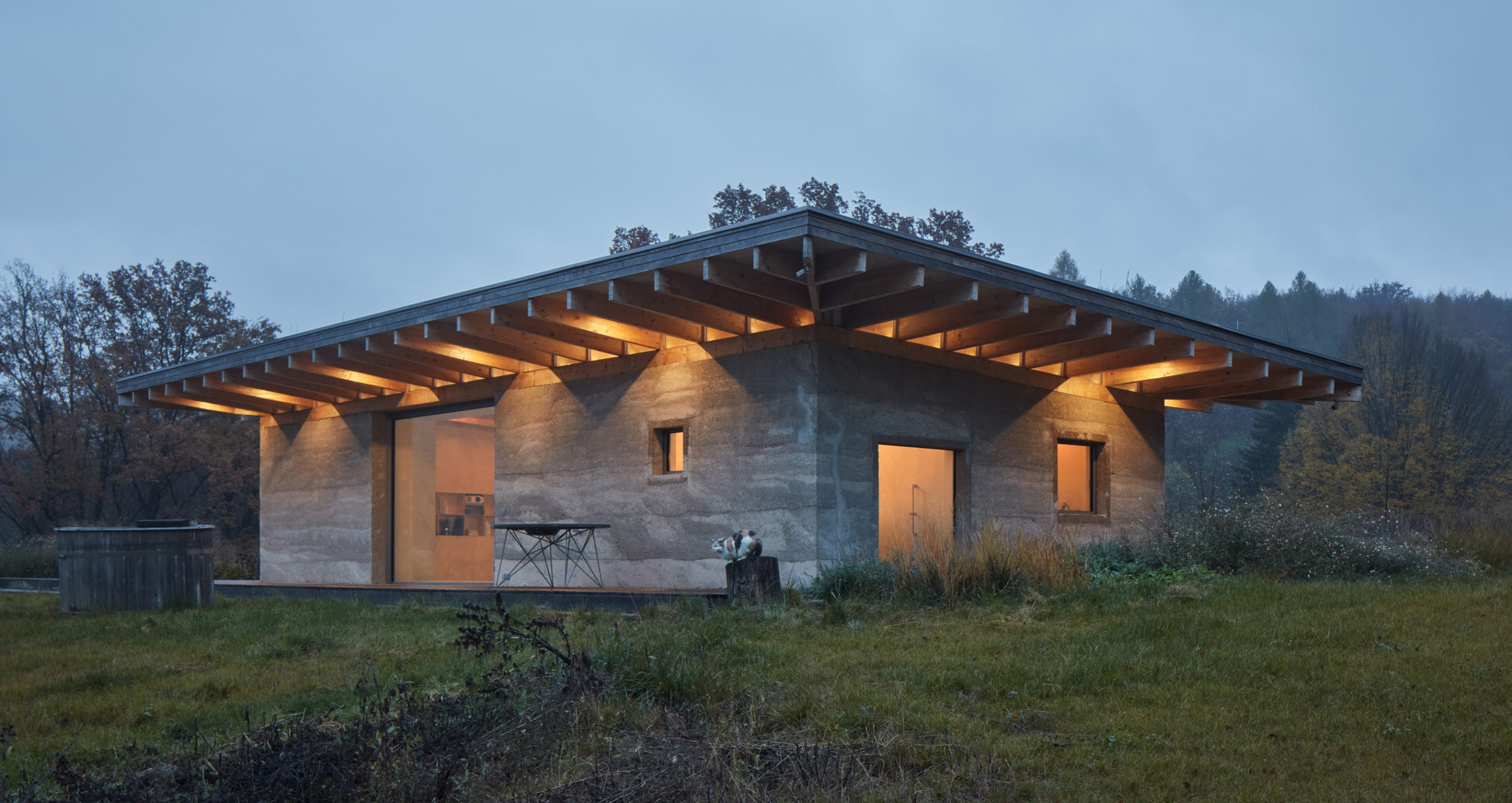
The first house in the Czech Republic to be built with hempcrete. House LO by Atelier Lina Bellovicova, Czechia, 2020. Project of the Year; Jury Winner, 10th A+Awards, Private House (XS <1,000 sq ft); Jury Winner, 10th Annual A+Awards, Architecture +New Materials
This year we have seen a growing effort to find sustainable alternatives to one of the most widely-used yet unsustainable building substances, concrete. Biocomposite materials such as hempcrete have gained momentum this year and numerous designers are advocating for its use. Architect Wandile Mthiyane predicts that modular building blocks made of hemp plant and lime will one day shape our built environment for the better. Hempcrete offers the same durability and insularity as concrete but weighs half the weight and requires a lower energy consumption. Hempcrete is faster to build with, easier to manipulate and provides quality insulation – all very promising qualities. Moreover, hemp hurds have a porous structure which are capable of adsorbing water and releasing it when the conditions allow, thus making hempcrete well-equipped to withstand humid conditions.
Listen to Wandile Mthiyane’s hempcrete predictions during Architizer Future Fest here.
Bamboo

Bamboo Sports Hall at Panyaden International School by Chiangmai Life Architects, Chiang Mai, Thailand, 2017. Jury Winner & Popular Vote Winner, 2018 A+Awards, Architecture +Engineering; Popular Vote Winner, 2018 A+Awards, Recreation Centers | Photo by Alberto Cosi
Bamboo has caught the attention of the global architectural community thanks to its tensile strength, sustainable qualities and fast-growth ability. It’s been predominantly used in Asia and South America, where it grows abundantly due to the ideal growing climate. In terms of positive ecological impact, bamboo releases 30% more oxygen than other plants, which contributes to a more ecologically responsible built environment. Not to mention, its elastic and lightweight properties make it a great material for sculptural and intricate work. Many companies see the potential of this material and are working to develop bamboo treatments necessary to lengthen the material’s lifespan by making it resistant to moisture.
Graphene
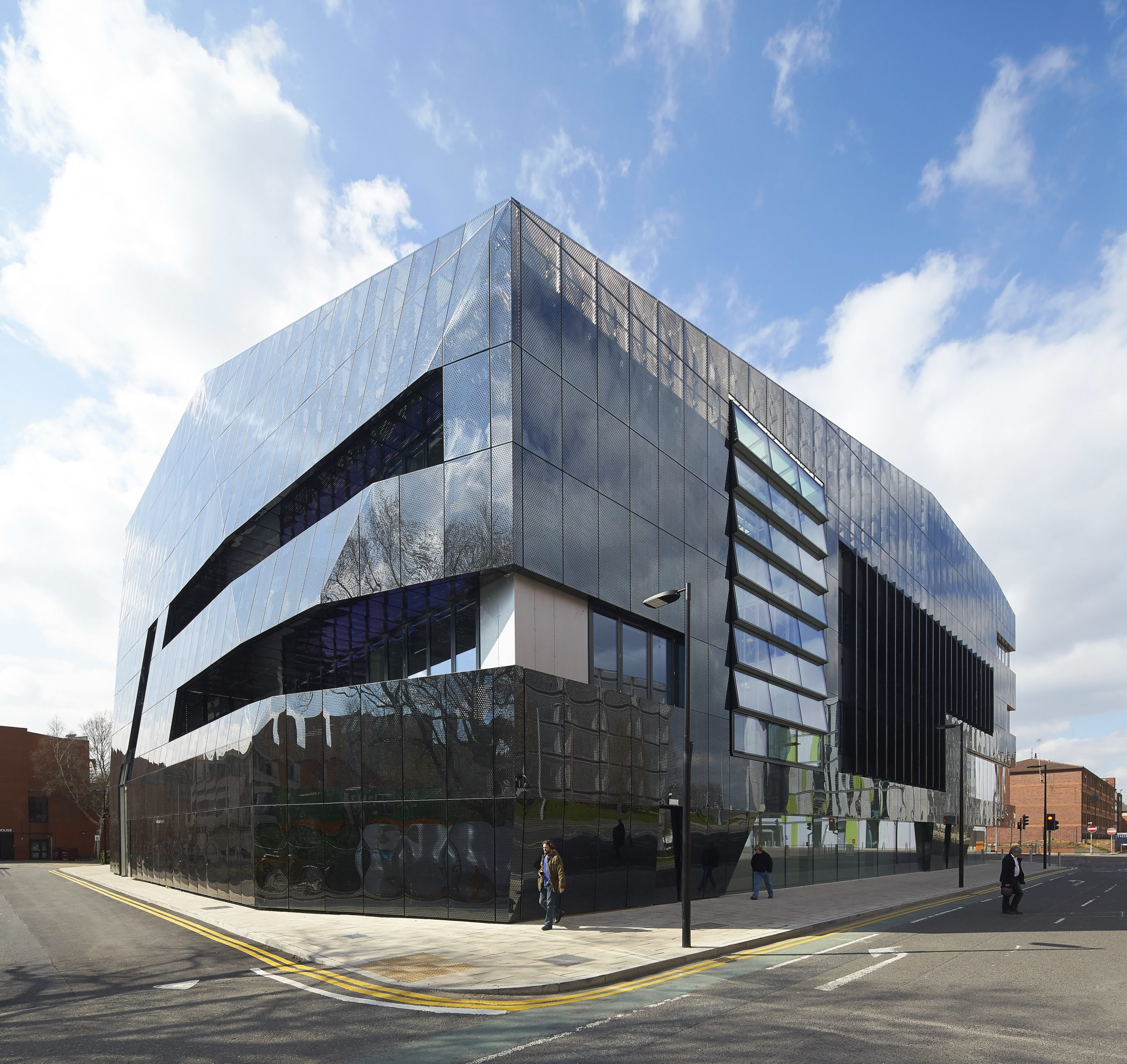
National Graphene Institute by Jestico + Whiles, Manchester United Kingdom | Photo by Hufton+Crow Photography
Although in its preliminary stages of research and testing, graphene is yet another material to keep your eyes peeled for in 2023. Graphene is the thinnest material known to man, yet boasts incredibly durable properties: it is two hundred times stronger than steel. Not only is graphene durable, it is highly conductive, has light-absorbing qualities and is antibacterial. Thanks to its promising properties, researchers have begun exploring the possibilities of graphene-reinforced composites, which can potentially propose a green alternative to concrete. On top of that, graphene’s conductive properties have sparked the interest of architects working on developing smart cities. While the material’s antibacterial properties show promise for hospital design.
Microalgae
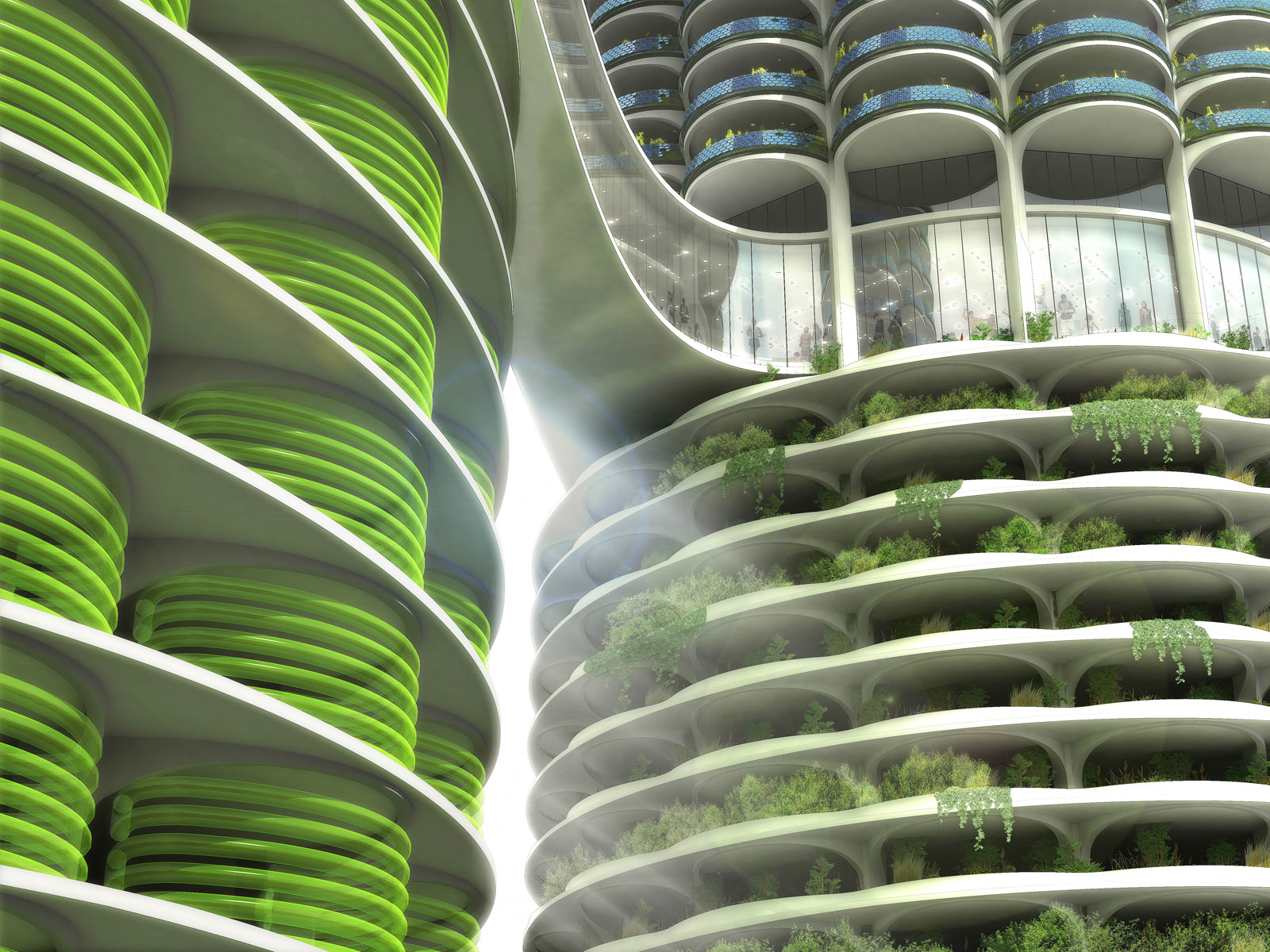
ALGAE_GREEN LOOP MARINA CITY CHICAGO by create, Conceptual design.
This year, we’ve seen designers reevaluate the possibilities of architecture from static structures to living ecosystems. Architects are exploring the possibilities of incorporating microalgae into building façades as a means of creating renewable energy and purifying the air. Microalgae is a photosynthetic species that, by way of photosynthesis, can absorb carbon dioxide and produce oxygen. When microalgae is incorporated into a façade, the built structure becomes a vehicle for carbon sequestration and biofuel production. Therefore, with the implementation of microalgae, the built environment has the potential to become a vibrant ecosystem with purified air and available biofuel.
Listen to Yasemin Kologlu, from SOM (Skidmore, Owings & Merrill), discuss microalgae façades here.
Insect-Infested Timber
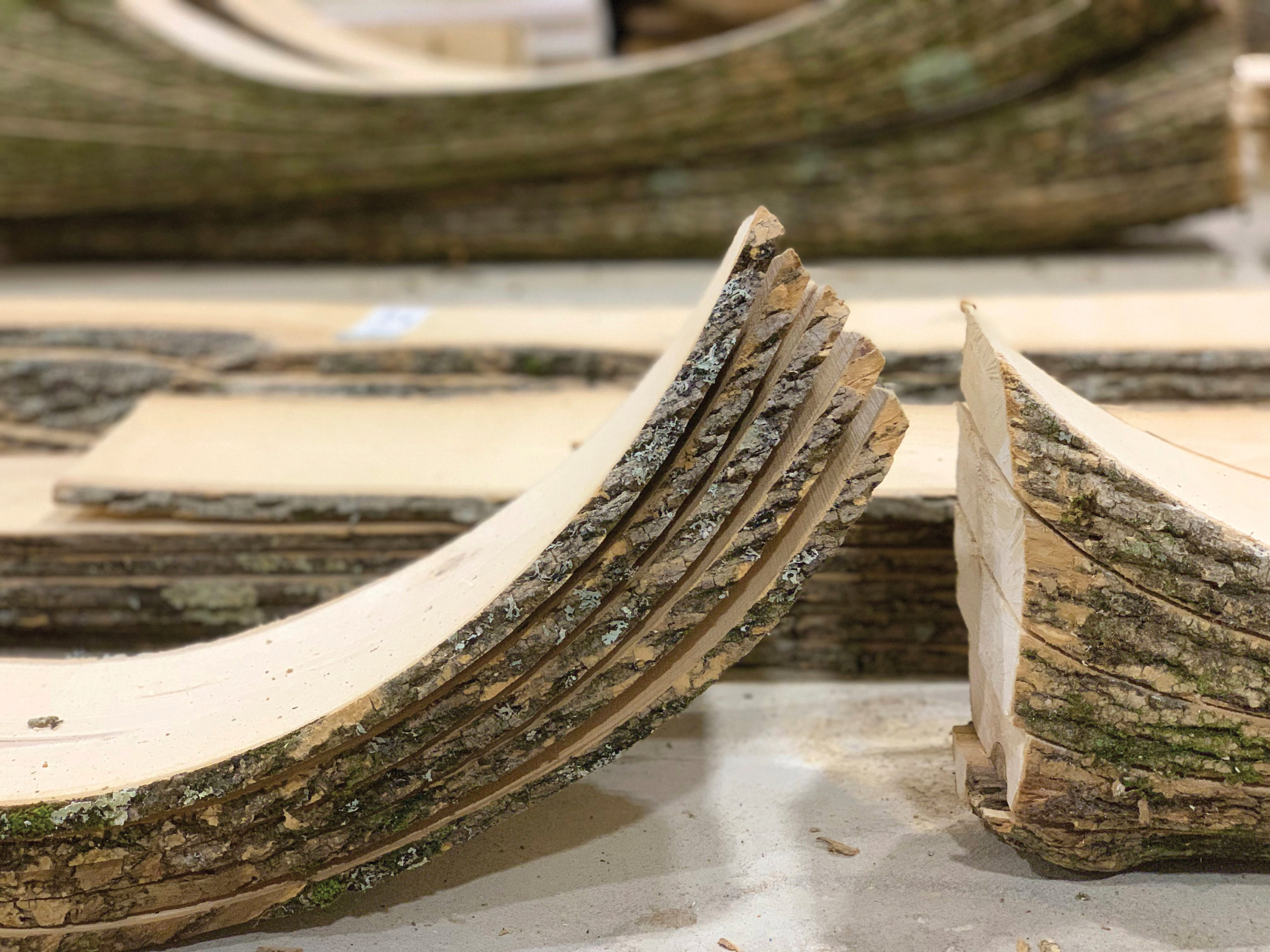
Ashen Cabin by HANNAH, Ithaca, NY, United States, 2019. Finalist, 10th Annual A+Awards, Architecture +New Technology and Architecture +Experimental Design; Finalist, 2020 A+Awards, Architecture +New Materials
Thanks to the advancement in technology, materials that were once unsuitable for building can now be transformed into viable materials. The New-York-based experiment design studio, HANNAH, has been building with beetle-infested wood thanks to technology. Emerald Ash Borer (EAB) is an invasive species that threatens Ash trees across North America. With EAB threatening a significant source of building timber, finding ways to utilize the billions of infested ash trees is paramount. HANNAH Office has developed a robotic device that is able to process and repurpose the irregular EAB-infested timber into a viable building material. This initiative highlights the innovation that is possible when technology and resourcefulness are prioritized.
Listen to Leslie Lok breakdown the building possibilities of EAB-infested ash trees here.
Mycelium
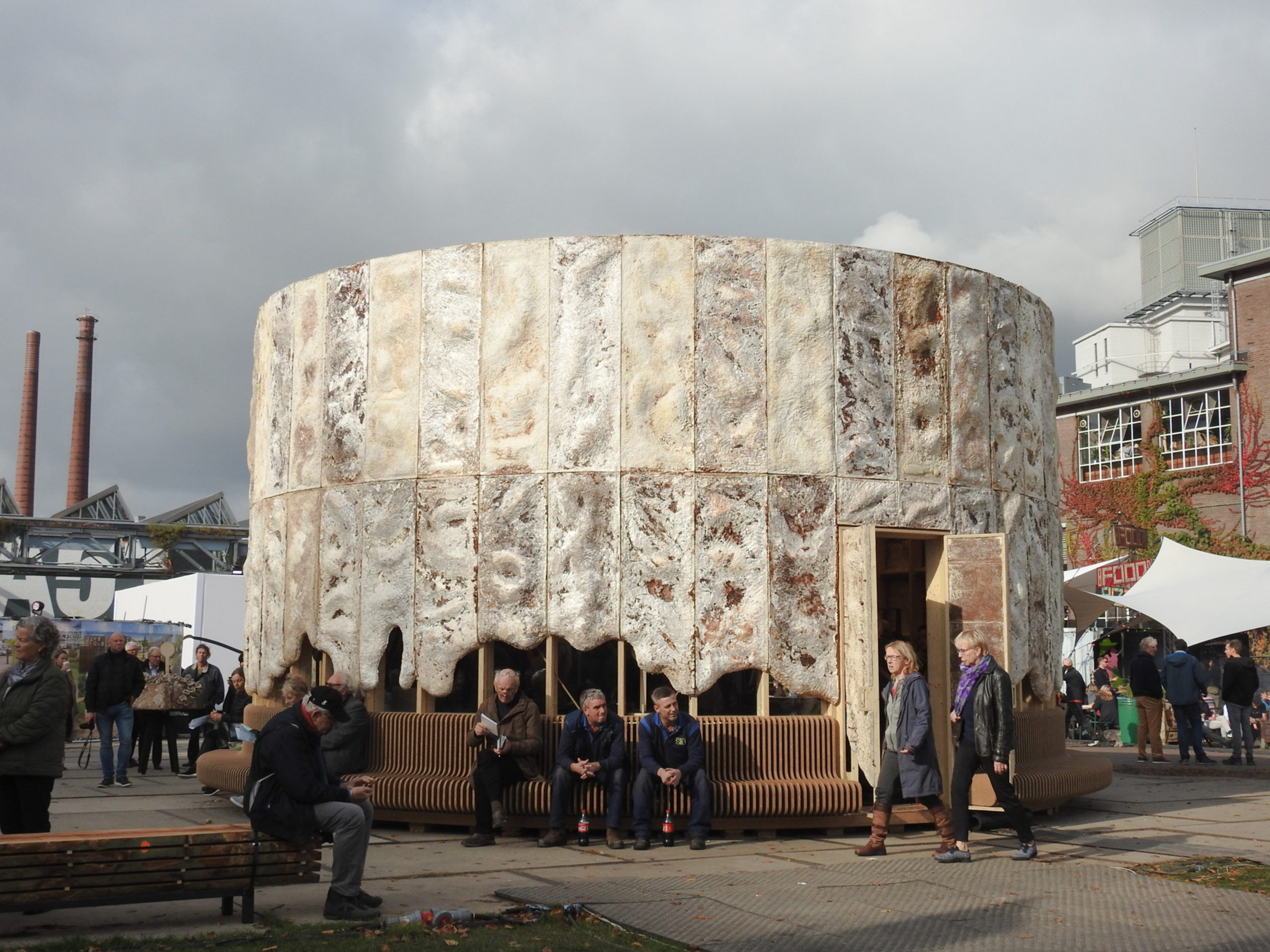
The Growing Pavilion by Biobased Creations, Eindhoven, Netherlands, 2019. Finalist, 2021 A+Awards, Architecture +New Materials
Mycelium is a root-like structure made of fungus, and when properly dried, becomes a pliable, tensile and waterproof material. Due to its ideal building properties, many manufacturers have been exploring the possibilities of incorporating the material in natural veneers, floor tiles and sculptures. While other architects have been exploring the material’s distinctive textured aesthetic when left in its natural, raw state. This bio-based material holds the potential to be a fruitful green material, and research is still ongoing to see its viability when used on a mass scale.
Straw
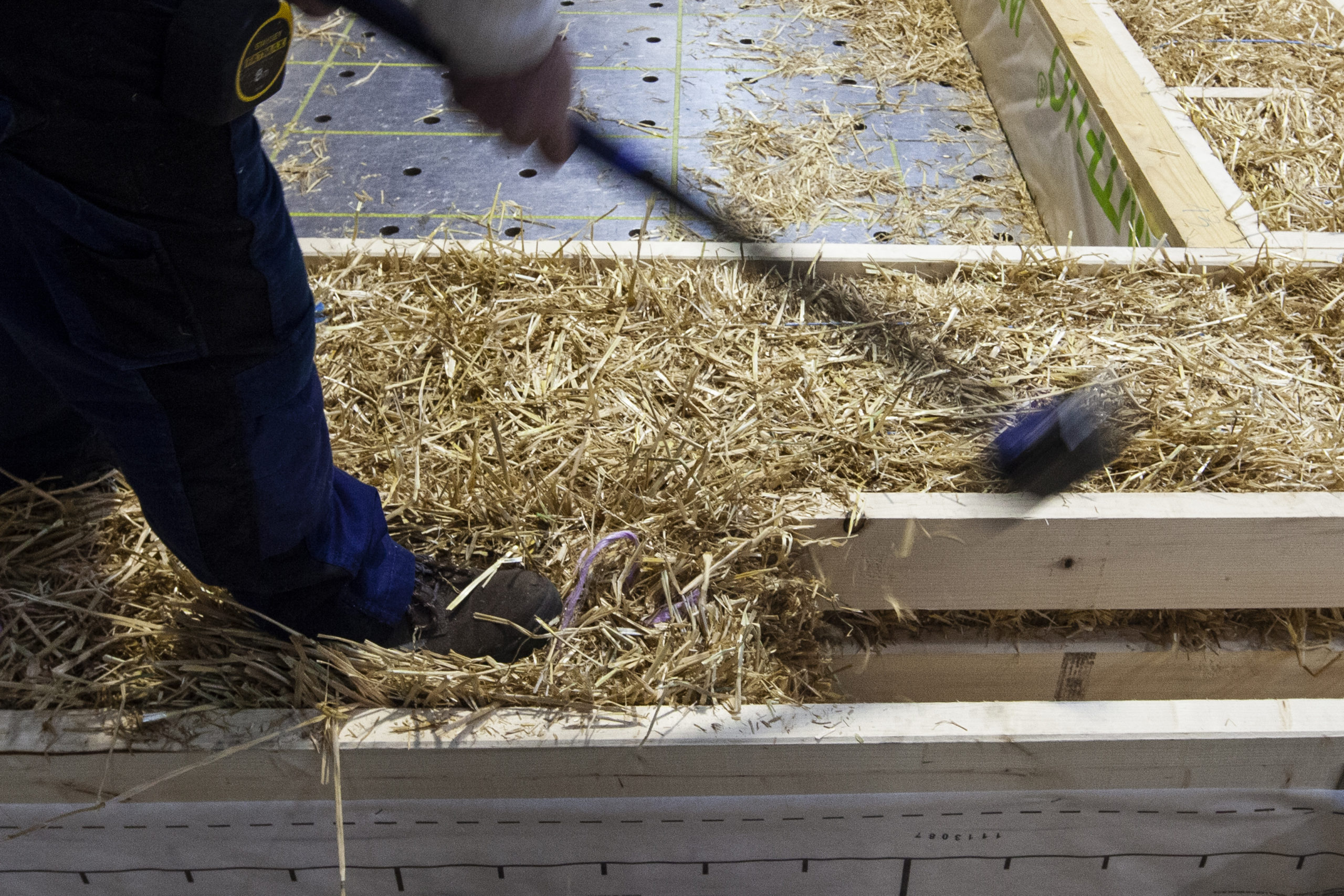
Transformation of an office building into a wood and straw 139 student rooms by NZI Architectes, Paris France, Jury Winner, 10th Annual A+Awards, Architecture +Affordable Design
This vernacular construction material has recently made a comeback to the architecture lexicon thanks to its pronounced insulating properties and positive ecological footprint. Straw is durable and biodegradable, and when properly maintained, can last up to a hundred years. Similarly to mycelium, straw has not yet been employed for many large-scale productions but does show promise. Thanks to its wide availability, straw can be sourced locally and as a result, supports a more sustainable supply chain and construction process. With proper care and in low moisture conditions, this vernacular material proves to be cost-effective, easy-to-work with and sustainable insulating material.
The jury and the public have had their say — feast your eyes on the winners of Architizer's 12th Annual A+Awards. Subscribe to our Awards Newsletter to receive future program updates.






